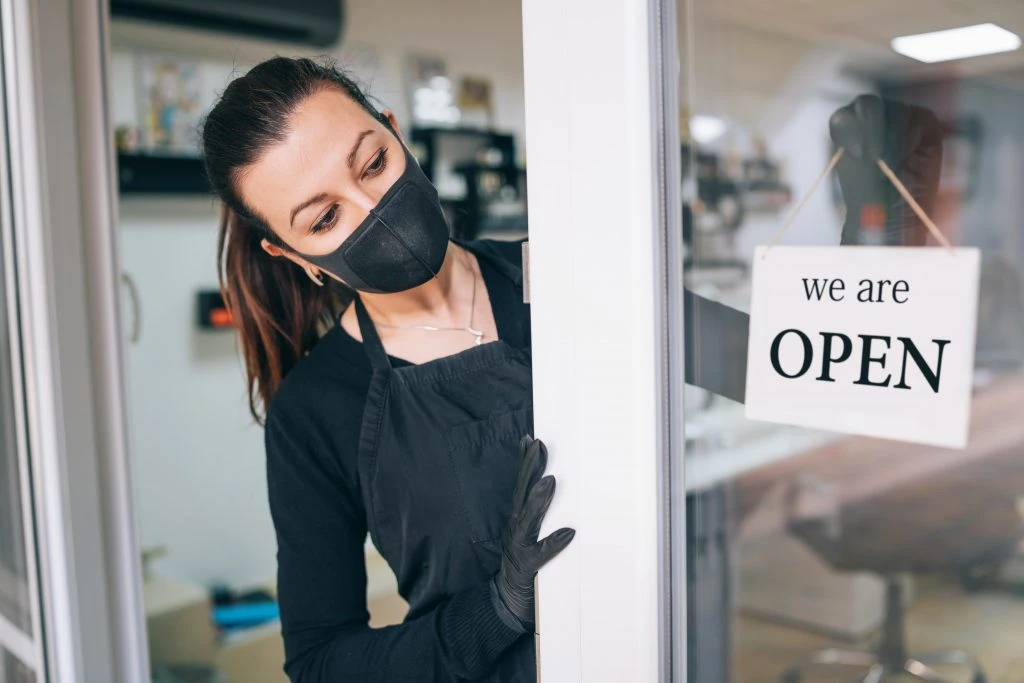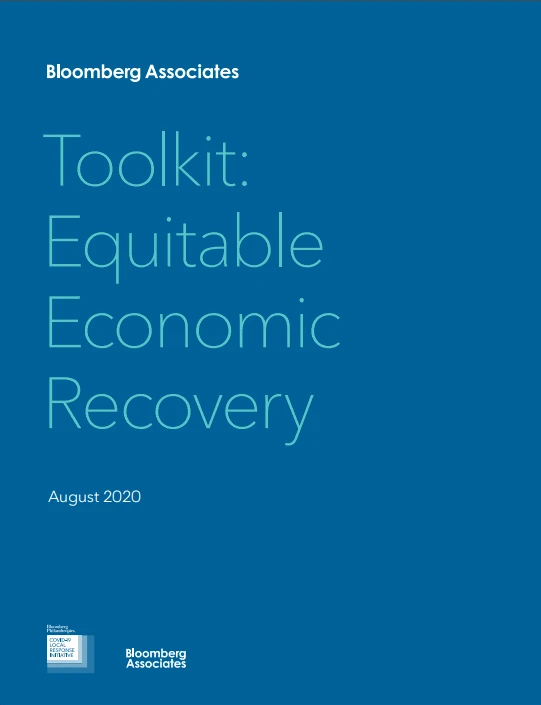COVID-19 Economic Response and Recovery
Provide Technical Assistance to Small Businesses
Action:
Create strategies and partnerships that will make your destination more sustainable and inclusive. And tell that story to visitors
Why:
Since COVID-19, travelers, particularly younger travelers, have a heightened awareness of environmental sustainability and social and racial equity. As a result, they are more likely to look for evidence that destinations are taking steps to address these issues.
Background:
Numerous reports and studies have found that the pandemic has reinforced, even accelerated, people’s views on sustainability, with more consumers focused on helping to create a better, healthier world.
For example, 60% of travelers say that their future booking decisions would be influenced by sustainable initiatives at the property, even if it meant spending a modest premium.
Travelers’ behavior, loyalty, and values are also being redefined by the economic downturn, restrictions in day-to-day living caused by COVID-19, and flashpoint events highlighting systemic racism within our communities.
It is widely expected that the pandemic will accelerate the trend of travelers seeking “travel with a purpose,” with 67% of recently polled travelers saying they want their bookings to make a positive difference for communities affected by the pandemic.
Travelers are also now placing greater importance on pre-trip planning.
Destinations can respond to these trends by developing a shared understanding of what it means to be a sustainable destination.
For example, Sedona, AZ engaged the Global Sustainable Tourism Council to conduct a sustainability assessment of its tourism economy.
The goal was to enable the destination to design and target policies, programs, and campaigns which demonstrate sustainable destination management, maximize economic benefits to the host community, and minimize negative impacts on the environment.
Programs could include:
- Sector-wide sustainable guidelines.
- Technical assistance to small businesses to help them adopt more sustainable practices (e.g., relating to energy and water use, single use plastics and recycling, food procurement, laundry operations, and reporting).
- Destination management tools to “nudge” visitors around the city, to manage crowds, and/or to help tourists engage local communities.
- Investments in green infrastructure.
- Communicating the destination’s commitments to travelers.

Case Study
City of Boston
In 2020, the City of Boston drew down $2.5M of CARES Act Federal relief funding to launch a marketing campaign to market the city to Black and Brown residents and visitors.
The campaign’s goals were to “build Boston’s brand as a travel destination, increase awareness and active promotion, and drive visits to Boston from diverse local and regional visitors.“ It was part of the city’s strategy to build back a stronger and more equitable economy.
In particular, the campaign sought to “examine the ways in which Boston communicates about the offerings of the city, and highlight attractions and events that speak to the experiences of people of color.”
The Greater Boston Convention & Visitors Bureau selected two award-winning agencies with deep roots in the city. One was Boston’s oldest, minorityowned and operated marketing communications agency. The other was a Boston-based, minority owned, award-winning creative branding, design,
and advertising agency.
They soon discovered that the city had allowed others to create a narrative of Boston as an all white, masculine, sports- and alcohol- dominated city. Visitors and some residents had low awareness of the city’s vibrant Black neighborhoods, and the contributions of Black and Brown residents to the city.
The campaign featured different Boston neighborhoods with neighborhood maps and guides and short-form videos, as well as social media influencers from some of the city’s oldest Black neighborhoods. It also celebrated Black and Brownowned businesses in local and national media, in order to drive local spend.
Like many campaigns during the pandemic, its primary audience was local residents. However, as travel becomes safer, the city plans to continue its efforts to encourage a wider audience to change their perceptions and, ultimately, actions.
